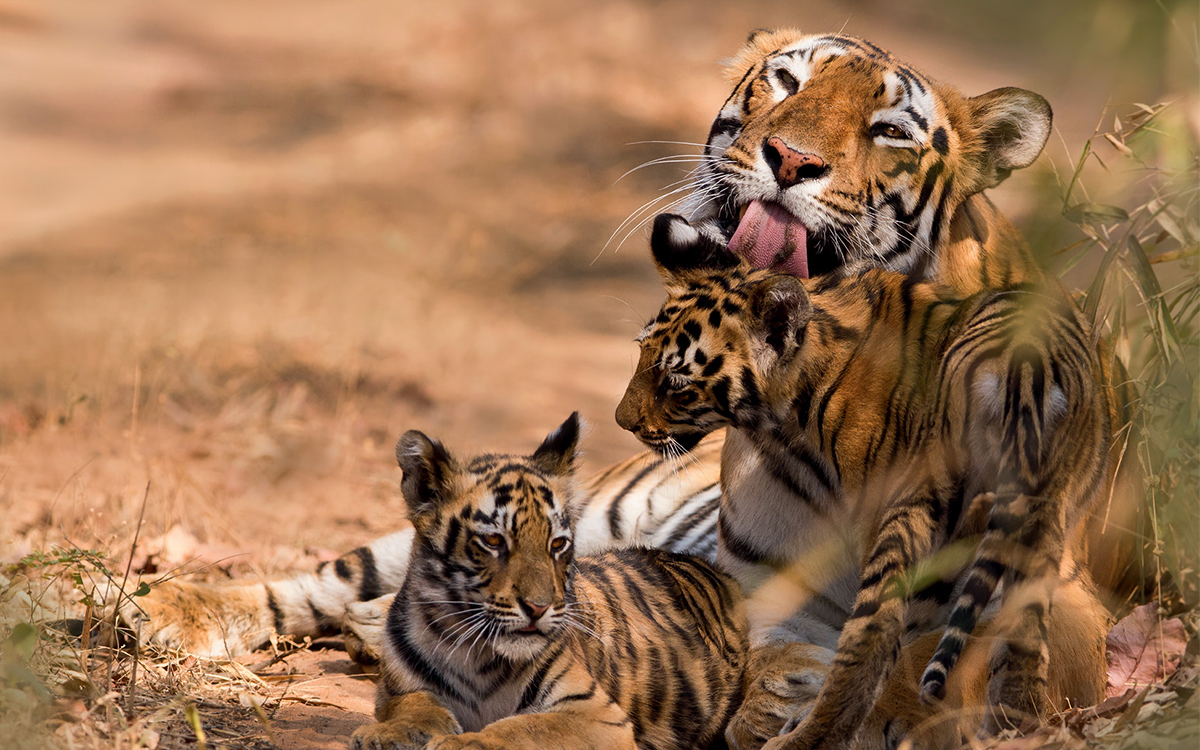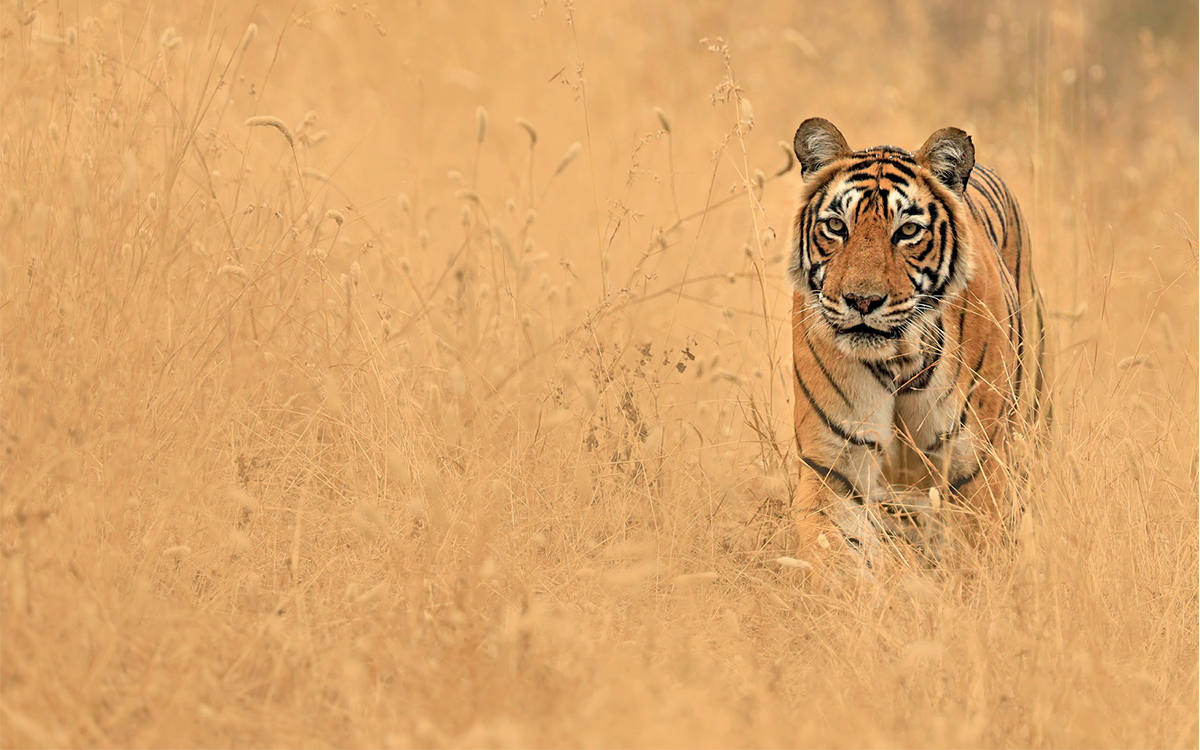searching...
see all result
No entries
- About Us
- Tourist Information
- Services & Facilities
- Member Privileges
- Gift Card
- Shop Online
Just 11 years ago, wild tigers were heading towards extinction. From around 100,000 at the beginning of last century, their numbers dropped to a record low of around 3,200 in 2010. Urgent action was needed to save the species. In 2010, the governments of all 13 tiger range countries made a “T×2” commitment to double wild tigers by 2022—the Chinese Year of the Tiger. Since then, WWF, together with individuals, businesses, communities, governments and other conservation partners, have worked tirelessly to turn one of the most ambitious conservation goals for a single species into reality.

In some places it’s starting to work. Tigers have made an incredible comeback in Bhutan, China, India, Nepal and Russia. In fact, India’s story of tiger recovery is one of astonishing success: from 2006 to 2018, the estimated number of tigers in the wild more than doubled. In Nepal, wild tigers have nearly doubled since 2009. And in the northern limits of the tiger’s range, in China and the Russian Far East, tiger populations are increasing and dispersing into new areas.

This is an enormous and rare conservation success, and great news for the many other species and millions of people who rely on healthy tiger habitats. But their future is far from safe. Left with just 5% of the range they used to roam, tigers are still losing their homes to deforestation and habitat fragmentation which is forcing them into rapidly diminishing pockets of nature. They’re also at risk from poachers to supply the illegal wildlife trade.
These are significant issues especially in the countries of Southeast Asia. Tigers are already functionally extinct in Cambodia, Lao PDR, and Viet Nam. And in one of Southeast Asia’s most important remaining tiger landscapes, Belum-Temengor in Malaysia, the tiger population declined by 50% from 2009-2018 largely due to snaring.

About Nature/For Nature
KENZO continues its support of tiger conservation with the launch of a second capsule collection, featuring its emblematic tiger in a new graphic representation.
A strong signature, the tiger symbolizes the founding principles of KENZO: powerful energy, nature as a major inspiration, and the dynamic “Jungle Jap” spirit. Sadly, this fascinating feline is endangered. Since the beginning of the 20th century, the global population of wild tigers has fallen by over 95%, due to rampant poaching and rapid habitat loss – with an estimated 3,200 wild tigers left in 2010.
It is KENZO’s wish to help preserve these unique animals, which are also a keystone species underpinning the health of ecosystems and the well-being of communities and wildlife in the areas they inhabit. Successfully protecting tigers safeguards huge landscapes, many of which harbour thousands of other threatened species. For this reason, KENZO is partnering with WWF to support their work to double the number of tigers in the wild by 2022, the next Year of the Tiger in the lunar calendar. This goal, known as TX2, is one of the most ambitious conservation goals ever set for a single species.

Composed of essentials – sweatshirts, t-shirts and tank tops – the new capsule collection is made of 100% organic cotton certified by the Global Organic Textile Standard (GOTS). For each piece sold, KENZO will donate US$10 towards the TX2 goal. This partnership will take place until the end of 2022, the ambitious timeline set by TX2 to double wild tigers from 2010 levels. This collaboration forms part of a broader partnership between KENZO and WWF, which will work to improve the sustainability of our cotton supply chain and freshwater footprint. The new capsule collection will be available from March 22nd on KENZO.com and in KENZO stores worldwide.